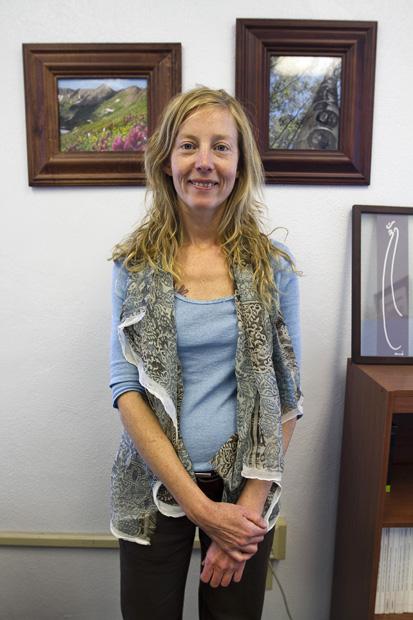
The debate of whether tap water or bottled water is better to drink still rages on, but there’s also another option to consider: foraging your own spring water.
That’s just what Erica Wohldmann, professor of psychology at CSUN, has been doing for the past three years.
Once a month she goes into the San Bernardino Mountains with nine five-gallon containers and fills them up with freshwater from a spring.
“While LA tap water is very safe, we don’t really need chlorine or fluoride that’s put into the water,” Wohldmann said. “Fluoride is great for your teeth, but the dentists explicitly tell you not to swallow for a reason.”
According to the Los Angeles Department of Water and Power, chloramine and chlorine are added to Los Angeles-area tap water to kill bacteria and microorganisms that can get into water as it travels through pipes.
Wohldmann said her research into foraging for spring water began when her friends made a note of her health-conscious lifestyle.
“All my friends said, ‘I can’t believe you drink tap water,’” she said. “So I started looking for alternatives.”
These alternatives included carbon filters (like Brita filters) and reverse osmosis, a process that filters water through a membrane to remove particles in the water. Wohldmann found these alternatives had consequences she didn’t like.
“Reverse osmosis filters almost everything out, including minerals that are good for you,” she said.
Then Wohldmann found findaspring.com, a website that lists freshwater springs all across the globe where people can go to collect water straight from the earth.
It was through this site that Wohldmann found the spring Arctic Circle, the source from which she has mainly been collecting water since she started foraging.
It takes Wohldmann an hour and a half to drive there, but she said the benefits of using spring water are worth the trek.
“It tastes really good,” she said. “Who likes to drink swimming pool water?”
Wohldmann said with the exception of showering, she uses the 45 gallons of spring water she collects each month for just about everything.
“I don’t just drink the water,” Wohldmann said. “I also cook with it. If I make pasta, I’ll boil my pasta in it. I make my tea with it.”
Although Wohldmann uses spring water regularly, she said there are some serious dangers in collecting it that any person needs to take into account before they try to do this for themselves.
“Spring water comes directly out of the earth,” Wohldmann said. “It could have bacterial contaminants that are dangerous.”
According to U.S. Geological Survey, a spring is a water resource on the Earth’s surface where overflowing water spurts out. The quality of water isn’t always known, which is the reason foraging your own spring water can be dangerous. Some of these dangers include the chance of near-boiling temperatures, microbes, viruses, and bacteria.
Wohldmann offered a solution to determine if the spring water being collected has harmful contaminants.
“It’s a good idea to have your water tested,” she said.
The CSUN professor noted that Los Angeles-area tap water gets tested regularly.
As stated on the Los Angeles County website, the district is required by federal and state law to test its water regularly for more than 200 constituents, including minerals and gases. However, the frequency of the tests vary greatly and is regulated by the Department of Public Health and the U.S. Environmental Protection Agency.
Wohldmann said another factor she goes by to help determine the safety of her spring water is the fact that others use it.
“(Arctic Circle) is highly used with a pipe in it that has been built by the city,” she said. “Or in places like Calistoga Springs (north of San Francisco) the whole community goes (to the spring). Some have pullouts alongside the road for people to pullover and use the springs.”
Ultimately, Wohldmann said the water one chooses to drink is a personal choice.
“There’s no way to say what’s better,” she said. “I believe tap water can be very good. I prefer to drink water that won’t have any pharmaceuticals.”